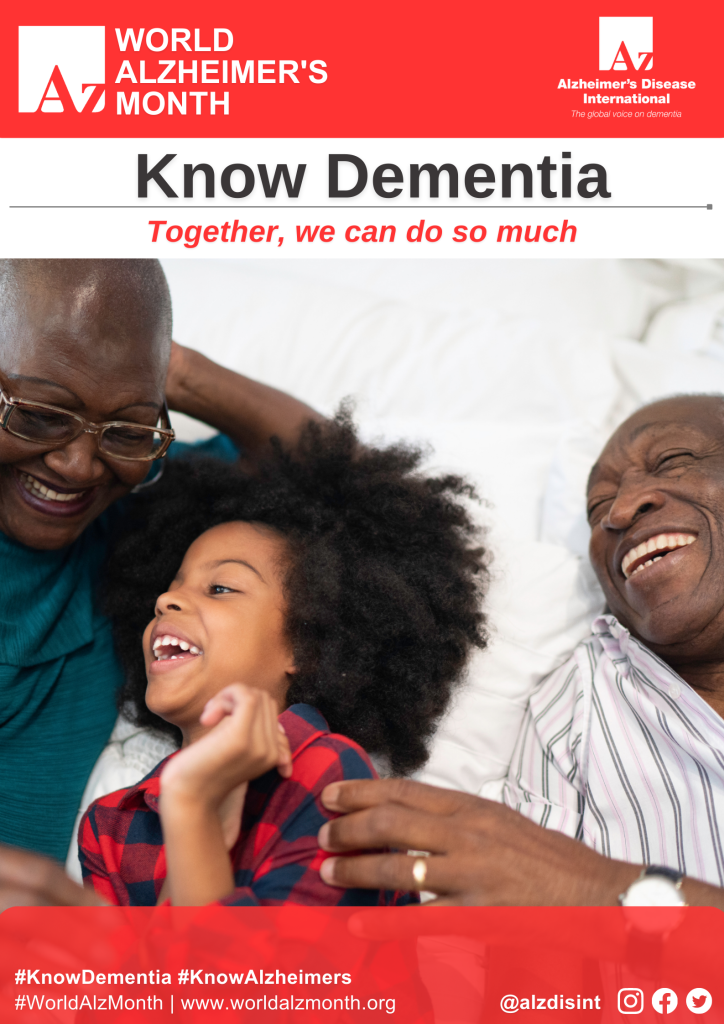Adolescent Mental Health
Towards Technological Advances and Service Innovations
2023, Pages 111-144
An estimated 50 million people around the world currently live with Alzheimer's disease or other dementias, dementia being a collective term for progressive syndromes that affect various expressions of cognitive function, such as memory and emotional expression. Alzheimer’s disease accounts for the majority of cases (50 to 70%, varying by country, based on Alzheimer’s Disease International and World Health Organization figures).
Perloff's Clinical Recognition of Congenital Heart Disease (Seventh Edition)
2023, Pages 166-182
Perloff's Clinical Recognition of Congenital Heart Disease (Seventh Edition)
2023, Pages 283-311
Perloff's Clinical Recognition of Congenital Heart Disease (Seventh Edition)
2023, Pages 458-471


